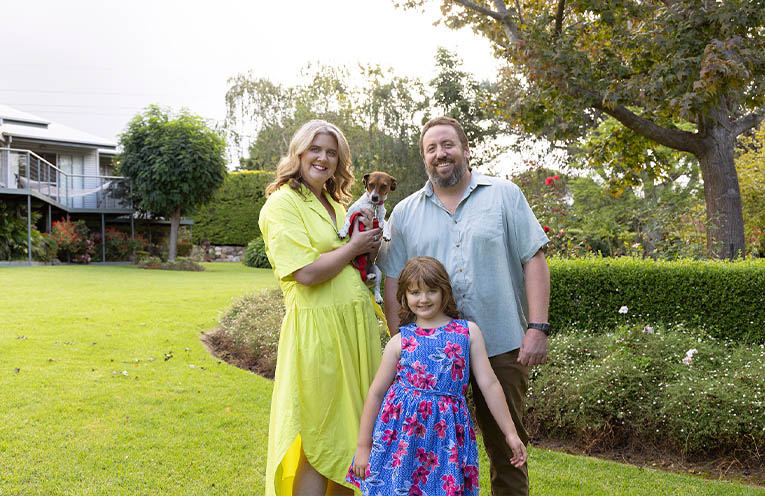NEW research has uncovered the immense potential of ‘working from home’ to regional Australia, with data capturing the nation’s growing desire to live in a regional setting but work in an urban one.
A nationwide survey, commissioned by the Regional Australia Institute (RAI), showed two-in-five city dwellers would consider a move to regional Australia, up from one-in-five in May 2023.
Of those considering a move, 47 percent said they’d continue in their current work role on a remote or hybrid basis, 29 percent would look for a role in their new community and 61 percent indicated they’d look to relocate in the next five years.
RAI CEO Liz Ritchie said the results not only demonstrate the nation’s appetite for work-from-home (WFH) roles but highlight an incoming economic opportunity for regional Australia.
“A decade ago, the world was a different place, and many people simply didn’t have the ability to work-from-home,” Ms Ritchie said.
“The pandemic proved it can be done successfully, whilst the recent federal election campaign highlighted how valuable this new way of working is to the wider Australian public.”
Earlier this year, Ms Ritchie joined the many thousands of people making the move from metropolitan Australia to the regions and now works remotely from the Bega Valley in NSW.
“While the RAI’s head office is based in Canberra, more than half of our staff work remotely from around the country, including three executives and the majority of the board. Individuals shouldn’t be limited in their career goals due to their postcode,” Ms Ritchie said.
“Remote skilled workers build human capital in regional communities, bringing with them ideas, information and innovation.
“Forging this ‘knowledge economy’ in regional Australia helps in diversifying our communities and ensuring our entire nation can play a role in our rapidly evolving world.
“To date there is limited research about remote working within a regional context.
“Recent analysis from the Committee for Economic Development of Australia (CEDA) found workforce participation has increased by over four percent in the WFH era, post the pandemic.
“Additionally, the 2024 Australian Workplace Index – a research collaboration between the Australian National University and the University of Newcastle – suggests staff working in a hybrid model felt less burnt out.
“It is a topic that needs to be explored in more detail, particularly the WFH impact on regional Australia, so we can better understand and manage workplaces of the future.”
The survey also delved into the demographics of potential movers finding Millennials (b. 1981-1996) were the most likely to consider a regional move, followed by Gen Z (b. 1997-2009) and Gen X (b. 1965-1980).
Further, families with children under the age of 18 were more likely to relocate regionally than those without.
Amenity and economic gains were the top drawcards for potential movers, with:
· 41 percent citing more affordable housing as an influencing factor
· 39 percent seeking a cheaper cost of living
· 35 percent wanting a closer connection to nature
· 31 percent craving more space
· 29 percent longing for a stronger sense of community
Ms Ritchie said the findings build on research undertaken by the RAI showing that Australia’s migration patterns are shifting towards regions.
“Regional Australia is going through an unprecedented era of growth. The regions are no longer seen through a lens of deficit – a place you wouldn’t choose to live, a place you’d leave to get ahead.
“Now, the regions are viewed as a land of abundance, and in the net zero transition they will play a vital role in the nation’s future productivity,” Ms Ritchie said.
Survey respondents also outlined potential barriers to making a move to regional Australia, with:
· 53 percent worrying about access to healthcare
· 52 percent thinking about being isolated from family and friends
· 38 percent wondering about transportation options and access to cities
· 36 percent caring about telecommunication access and technology.




